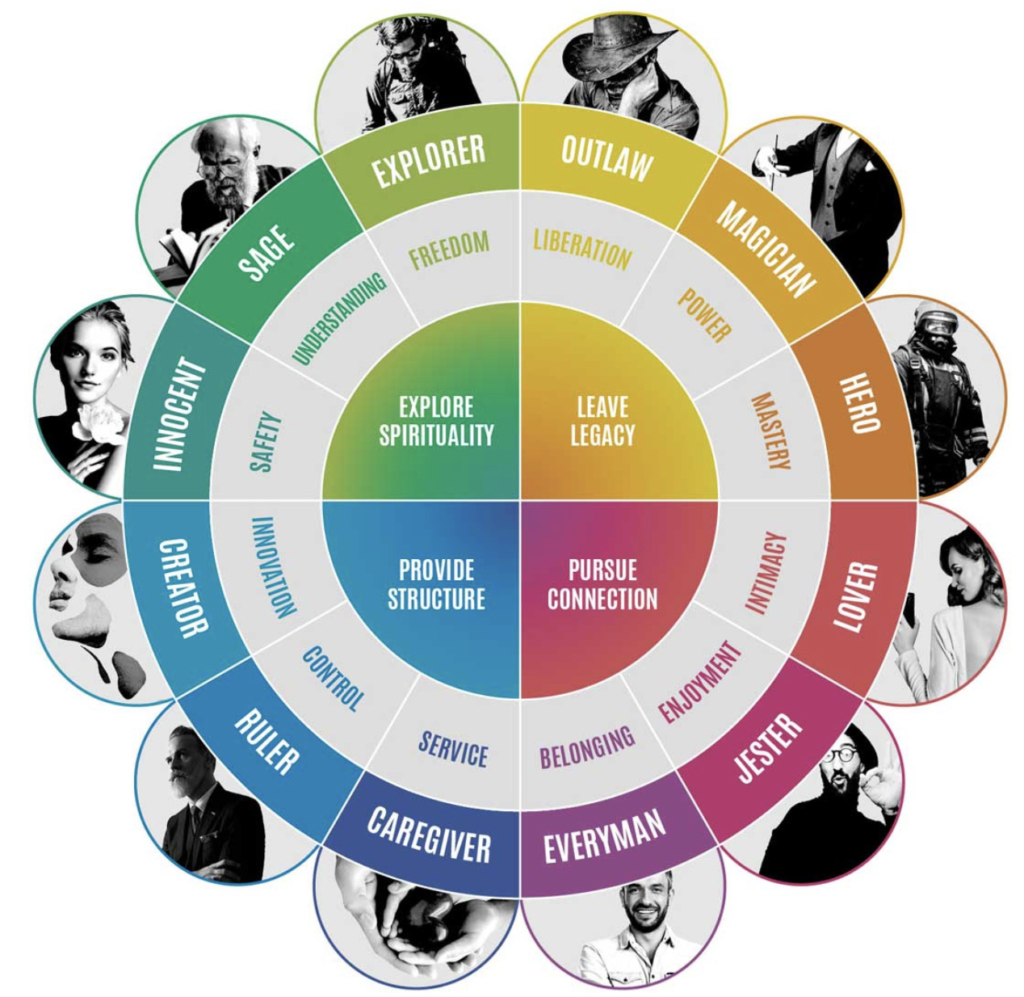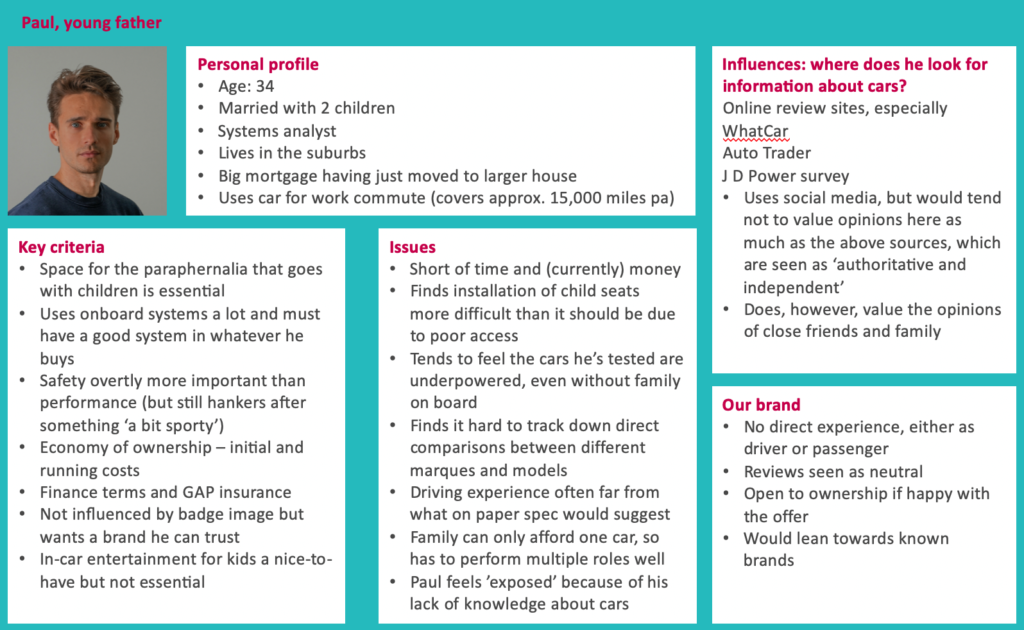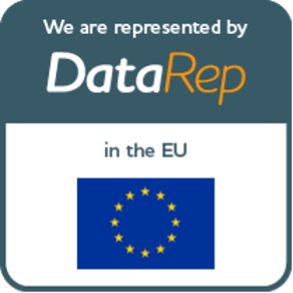Brandspeak creates persona-based segmentation models for clients wishing to use them to inform the design of new propositions, marketing campaigns and customer experiences.
What are customer personas?
Customer personas are created by first identifying different clusters of common customer traits (e.g. needs, attitudes, behaviours, beliefs, frustrations and preferences). Each cluster is then used to create a persona or conceptualised individual whose character reflects the traits identified.
Customer personas were originally conceived by an innovative software designer, Alan Cooper, who was trying to bridge the gap between what computer programmers felt they should be developing and what computer users actually wanted.
He imagined having detailed conversations with individuals he visualised, trying to work out their likes and dislikes, what they needed to help them do their jobs and what really made them tick. In his book ‘The Inmates are Running the Asylum’, Cooper presented personas as a way of summarising the key attributes of different user groups.
The usefulness of such an approach was quickly recognised by marketers, who saw that persona-market-research could provide a means of better understanding how customers actually behave and why.
Customer personas and segmentation
It’s important to note that customer personas are not the same as customer segments. That said, there is typically a strong relationship between the two.
Customer segments comprise groups of individuals within a business’s overall customer base that have strong similarities (often based on geography, demographics or consumption patterns). They are typically both targetable and measurable.
On the other hand, customer personas are much more qualitative in nature. They are built on an understanding of key thoughts and behaviours that are directly relevant to the company and its products or services. They may or may not be targetable and measurable.
For example, a fitness equipment retailer might have a customer segment that includes professional women aged 30 to 50 who want to improve their health but who generally have little time to spare from their busy working lives.
A customer persona representing that segment might be given the name ‘Rachel’ and show;
- Her motivations for getting fitter
- Her preconceptions regarding fitness and getting fit
- The emotional and logistical barriers in her way
- Where she looks for advice when thinking about what fitness equipment she needs
- What information she needs to help her decide which piece of equipment to buy – and the rational and emotional messages most likely to sway her
This helps the provider of the fitness equipment develop marketing and communications strategies that will tap directly into Rachel’s underlying motivations and barriers, and ‘speak’ directly to her in a way that is engaging and relevant. The company’s segmentation model alone would not enable it to do this.
Using customer personas in conjunction with segmentation models to improve messaging
However, personas can add considerable clarity and depth to an existing segmentation model. For example, persona market research will reveal the extent to which women included in the same demographic segment actually have different decision-making drivers when it comes to fitness and the potential purchase of fitness equipment – because they reflect different personas within that segment.
By overlaying the segmentation model with the results of the persona research it is possible to identify the different marketing messages that will be required by different customers within and across segments. This provides the marketer with the additional information needed to turn what would have been a very unconvincing communications campaign in to one that can speak to several personas simultaneously – or one in particular.
Customer personas therefore provide a powerful complement to segmentation models, deepening understanding of the individual segments and enabling marketing outputs to be refined accordingly.
Wider uses for customer segmentation models
Of course, it isn’t just about creating more impactful and targeted marketing messages. Companies with accurate customer personas also learn how to interact more productively with their customers, create better products and services for them, and build lasting relationships.
Customer-facing employees can reference personas to improve rates of sale, retention and satisfaction, through an increased understanding of what is really important to individual customers at key touch points.
Market-research led personas are also very useful during the early stage development of new products and services, as they point to potentially unfulfilled needs, expectations and behaviours that can be addressed through product development.
Customer personas can be at their most useful when used in conjunction with higher value products and services, where buying decisions are more likely to be based on considered (and often complex) System 2 thinking. Persona research will help identify the different thought processes that different personas go through during the decision-making process, as well as the different priorities that are involved.
For less considered purchases involving System 1 thinking, the thought processes involved are carried out so subconsciously that it is more revealing to study generic data sets rather than to develop individual personas.
The use of customer personas in B2B markets
Due to their value in helping to explain complex buying decisions, personas are at least as useful in business-to-business contexts as they are in B2C ones.
B2B purchases and relationships typically involve several people performing different roles within the client company, each with their own priorities, needs and thought processes. Developing personas that target job functions provides valuable insights about how to deal with a disparate group of decision makers within the same organisation.
Personas are particularly valuable in the B2B context because transactions tend to be made using criteria that are primarily commercial in nature, with fewer of the subjective, emotional factors that are at play in B2C transactions.
Companies trying to sell to other businesses therefore often find it difficult to create distinctions between their own product or service and others on the market. Well-researched B2B personas will tease out the very subtle factors that move buying decisions in one direction or another.
Thanks to the insights they provide, customer personas are being used in a wide variety of contexts. For example:
- Hotel and restaurant chains use them to understand the different types of visitor they receive, enabling them to tailor their proposition to deliver genuine appeal.
- Companies that have long-term relationships with their clients, such as software providers, use personas to help them develop new add-ons and features that will add the most value for their users and help them to retain and grow their custom.
- The UK financial regulator requires providers to “specify the type or types of client for whose needs, characteristics and objectives” their products are designed, so personas are frequently researched and developed to ensure their product designs stay on track.
How are customer personas created?
It’s possible to create a DIY personas using a mix of demographic data, psychographic information and intelligent guesswork. The danger of this approach is that it is liable to confirmation bias, and could also miss major personality traits that influence decision-making. This can – and does – result in marketing and product design being taken down completely the wrong path.
Accurate customer personas are invariably based on qualitative research. Only by actually asking your audience how and why they make their decisions can you discover patterns that drive that behaviour. It has been said, quite rightly, that customer personas are discovered rather than created.
One of the best places to start research is with existing customers: you already have the advantage of knowing who they are! Qualitative persona research can be used to identify their wider attitudes and drivers relating to the product or service in question. They can tell you about their initial triggers and barriers, how they progressed from actually contemplating a purchase through to deciding what their options were, why they ultimately chose your brand and how they purchased it. They can then tell you about their needs, expectations and criteria for customer service post-sale.
Personas developed around existing customers can also show ways to deepen the relationship through the addition of new products and improved levels of service.
Even more revealing can be personas based on potential customers who actually decide to place their business with another brand, or within another category. Although it may be harder to identify members of this group, it is often clear who your competitors are – especially in B2B scenarios – and finding out why one of those was selected instead of you can point you towards changes you need to make in order to win more business.
It’s possible for companies to do this research themselves, but it may not generate the best results. Employees tend to have their own preconceived ideas about why potential customers don’t purchase. Also, they don’t usually have the requisite qualitative research skills (or time) to draw the right information from the research subjects. The subjects in turn may not feel free to be as candid as they would be with an impartial interviewer. Where possible, then, independent researchers should be used.
What do customer personas look like?
Personas are typically laid out on a single page with various aspects of the persona described under various categories. Those categories will change according to the context in which the persona is drawn up, but will invariably include a brief profile of the persona including such things as age, sex and job role. In many ways, the format is similar to – and probably helped to shape – the profile pages social media platforms offer to their users.
Here is an example, showing a persona representing a customer in one segment of a car manufacturer’s market.
The manufacturer could use this persona to find ways to appeal to Paul’s key criteria and overcome the obstacles to a purchase. For instance, an extended test drive to enable him to become familiar with the car would overcome the lack of brand awareness and the different impressions formed on paper and in real life.
How many customer personas do you need?
Ideally, you need as many segments as your research identifies, based on the common themes that emerge, although more than 3-4 customer personas across a segmentation model will make them unwieldy and difficult to apply. It is not uncommon to end up with more personas for a B2B customer model than a B2C one as there will be different factors in play for people in different roles.
Even if you don’t have the time or budget to produce personas for every segment, though, it is worth having them for the segments that produce the most business, or which could and should be producing more than they are currently.
How often do customer personas need updating?
Customer personas should be updated when attitudes and motivations change. In particular, whenever an important new segment is identified or when a new product or service is added, they should be revisited.
Likewise, they need re-examination if there is a major event or change to the economic environment, such as the COVID 19 pandemic, which has had a massive impact on the physical and emotional behaviour of consumers and how they interact with brands.
Customer personas that deliver added value to your business
Customer personas that will add value to your business need to be based on expert qualitative research. Brandspeak has many years’ experience of conducting such research to draw out valuable insights that will explain:
- What criteria your customers use to assess the type of product or service you offer
- How they feel your offer and those of your competitors meet or fall short of those criteria
- Who influences their buying decisions and the relative importance of those influencers
Brandspeak specialises in customer persona research
If you would like to find out more about developing customer personas for your business please contact us on +44 (0)203 858 0052 or at enquiries@brandspeak.co.uk
Sources/further reading
Cooper, A. (1999) The Inmates Are Running the Asylum.
Pruitt, J. and Adlin, T. (2006). The Persona Lifecycle: Keeping People in Mind Throughout Product Design.
Revella, A (2015) Buyer personas















